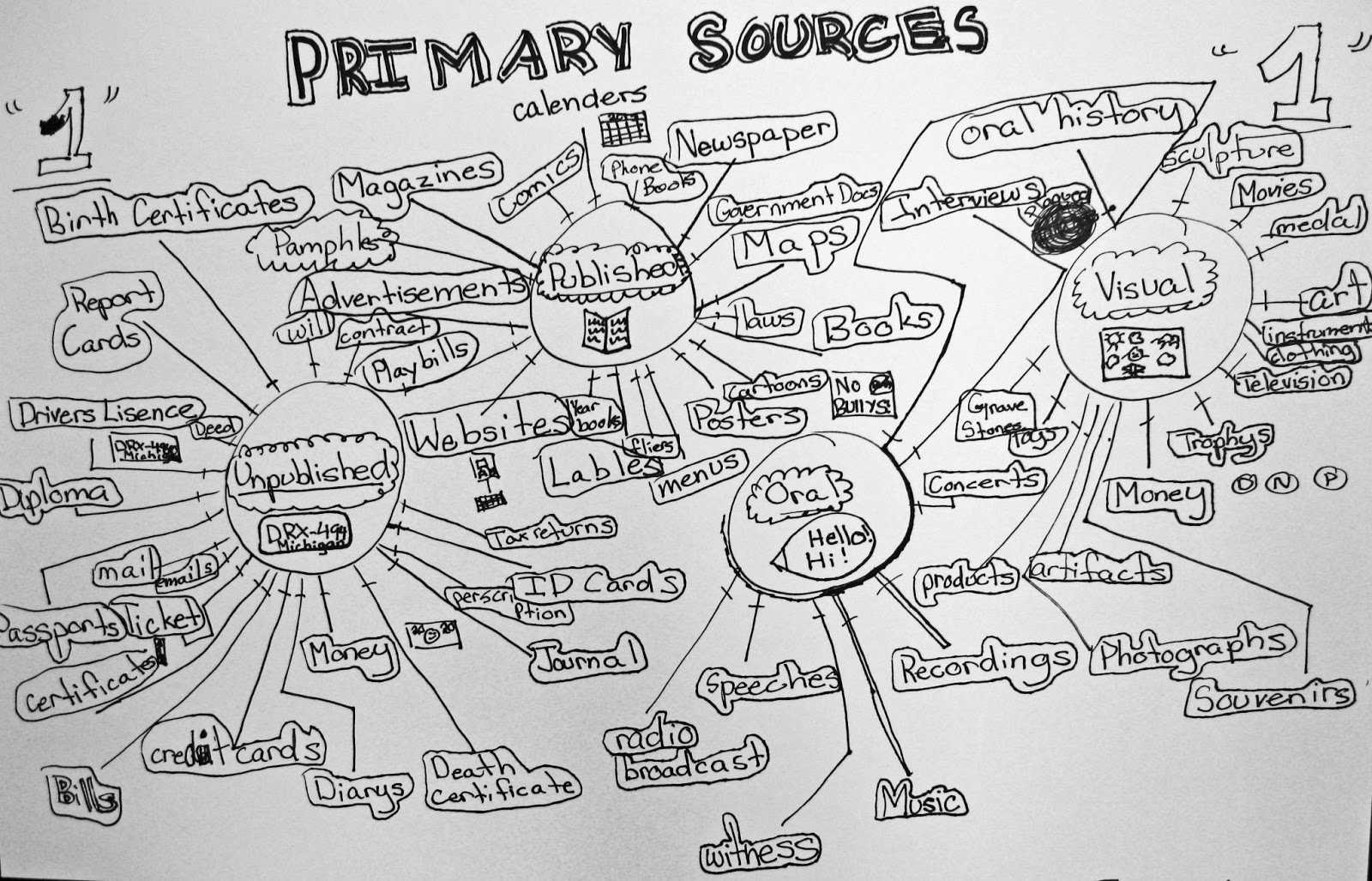
Primary sources are resources that have a direct connection to the subject that you are studying. For written,or paper primary sources, these items can include items such as letters or diaries. Primary sources can also be visual or audio items. Photographs, yearbooks and scrapbooks are great sources to gain a first-hand ocular perspective, while music and oral histories are good tools for listening. Primary sources also don't have to be something that is classified as "old." Current primary sources include items such as newscasts and reporting videos, or even something you can find on YouTube or Twitter. Primary sources are really all around you - you just have know where to look to find them!
In short, anyone and everyone can and should use primary sources. Using a primary source is a fantastic way to become engaged with the mateirals you are studying, and gives you a great source for analysis. Understanding and working with primary sources is an important tool for all academic students, regardless of field of study. However, if you're interested in the humanities or planning to conduct higher-level research, you should take an extra initiative to become engaged with them.

Not all archival resources are available freely on the Internet and not all archival resources have websites. So how do you find what you are looking for?